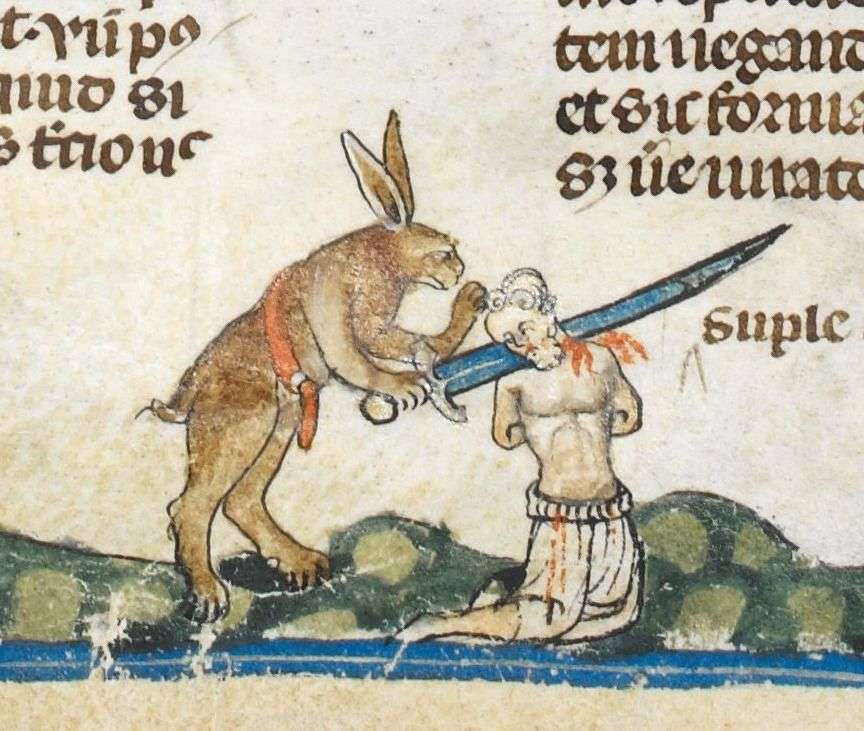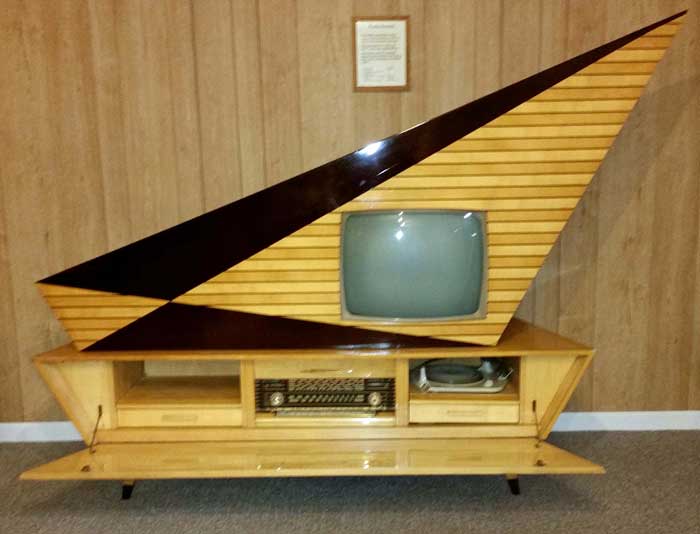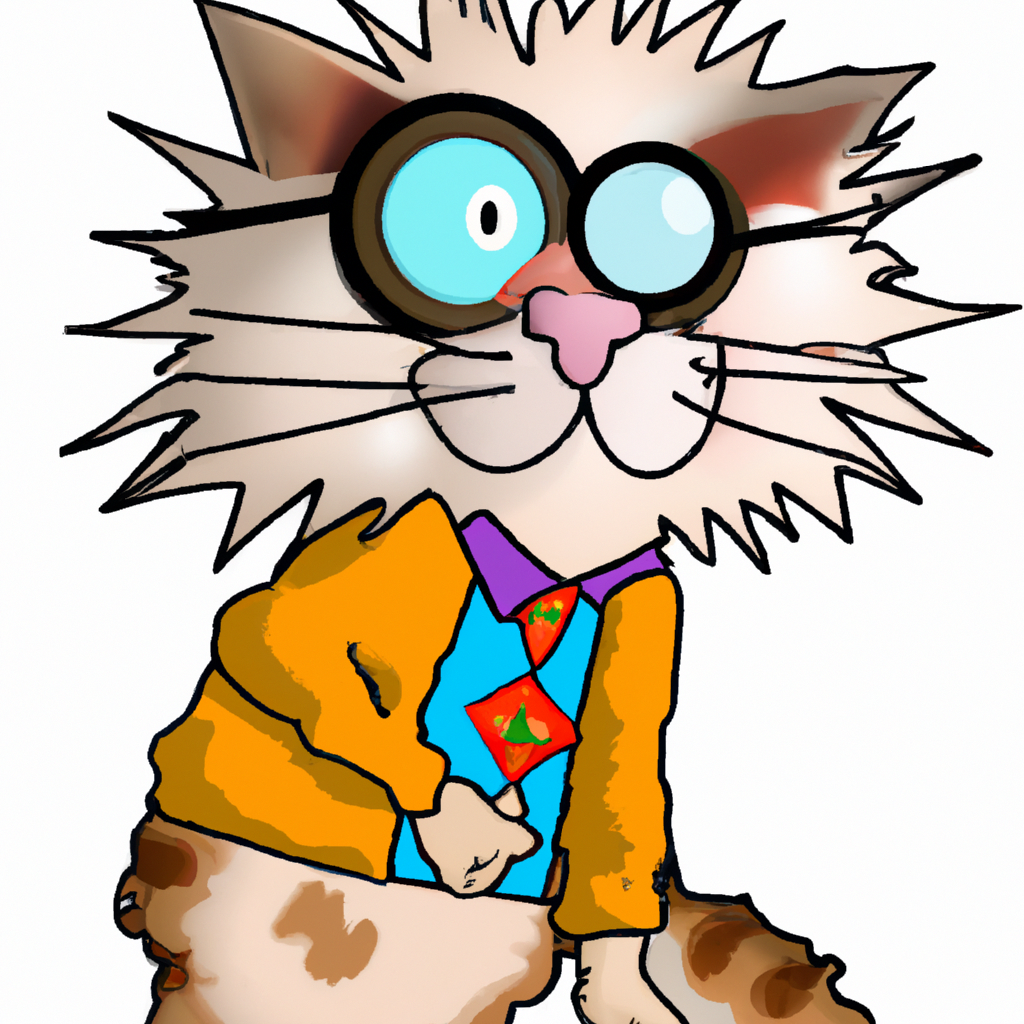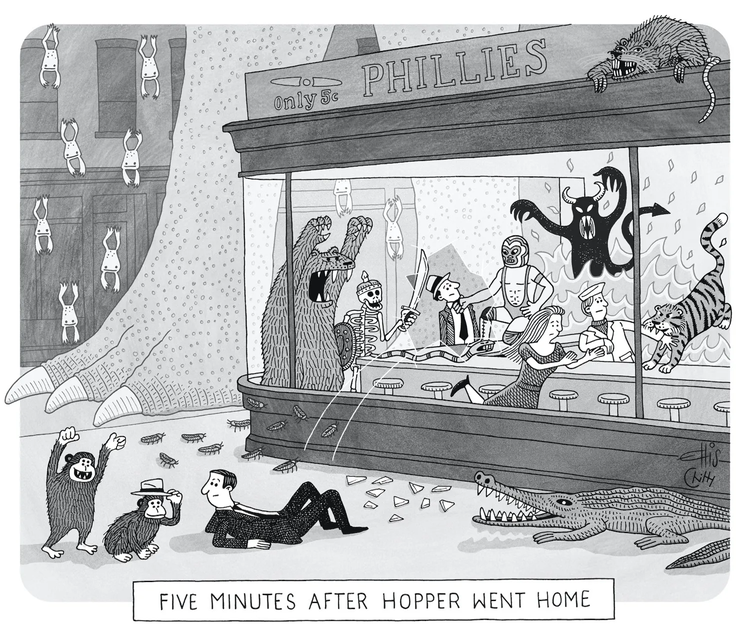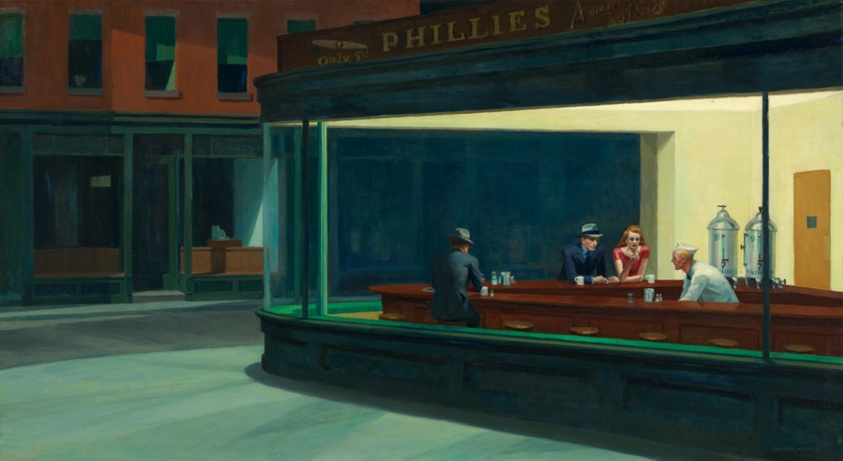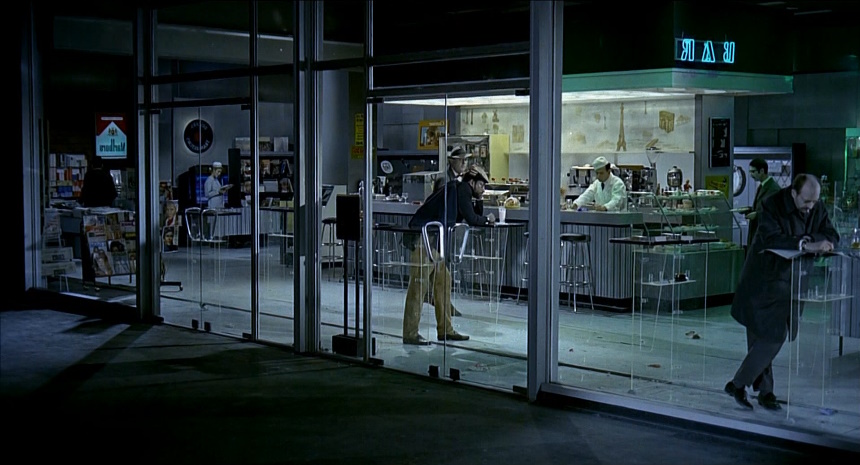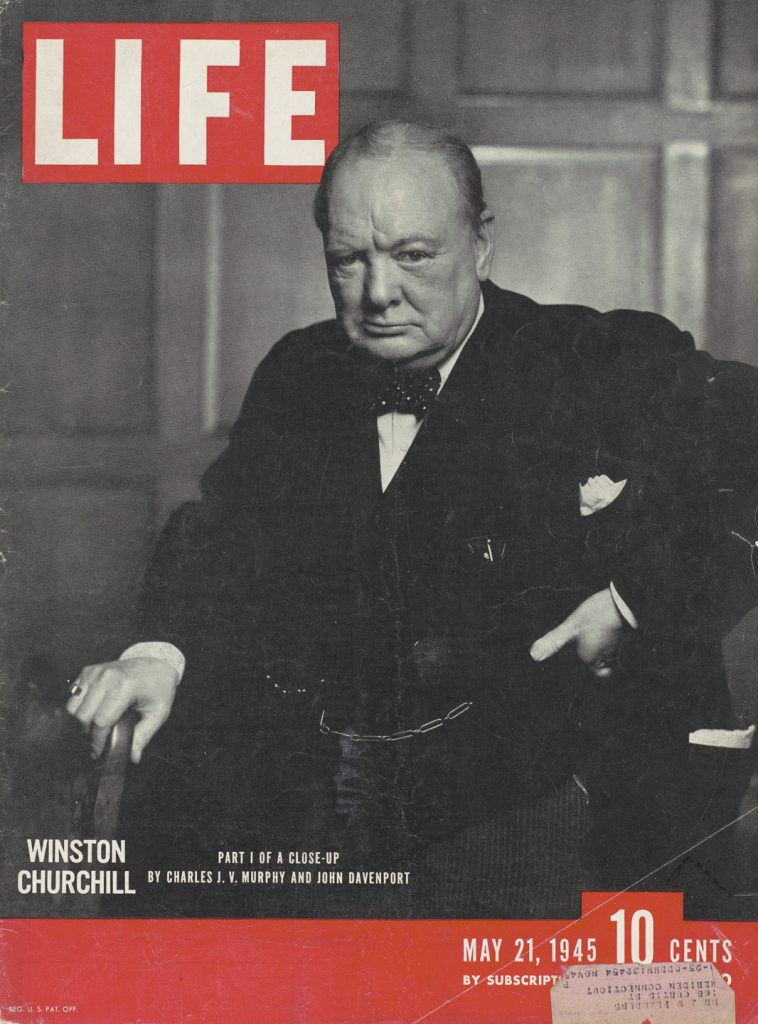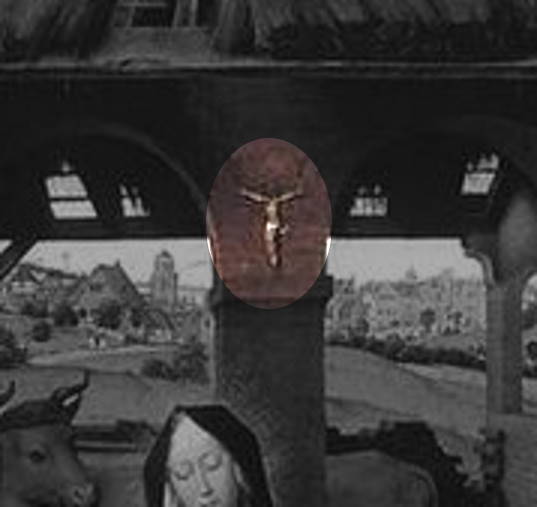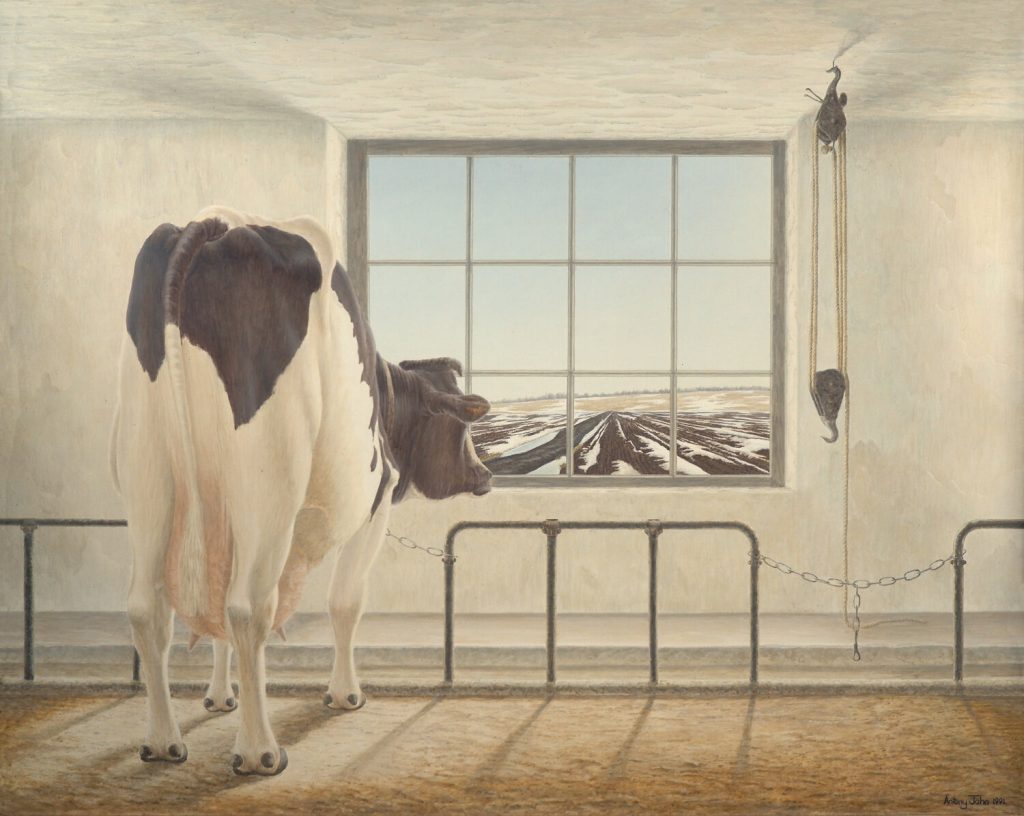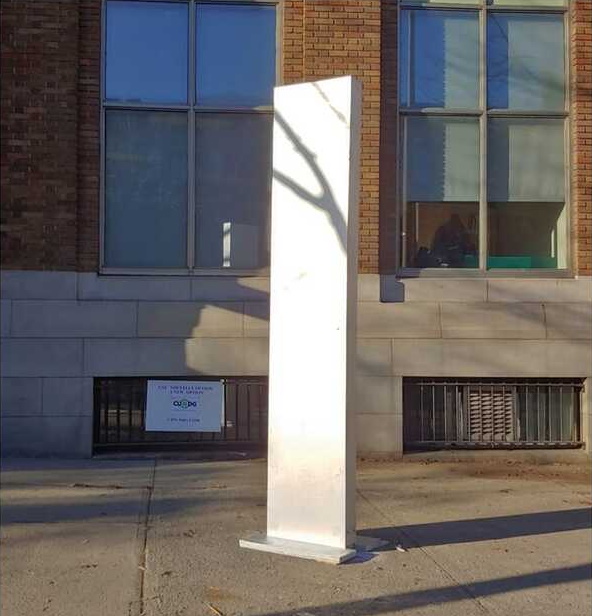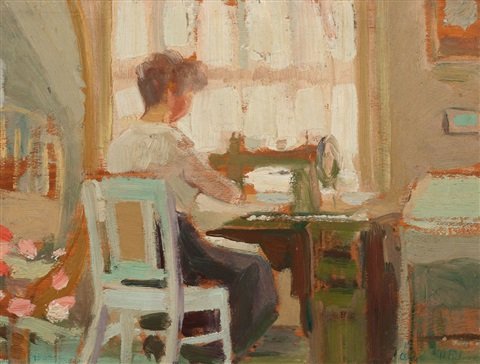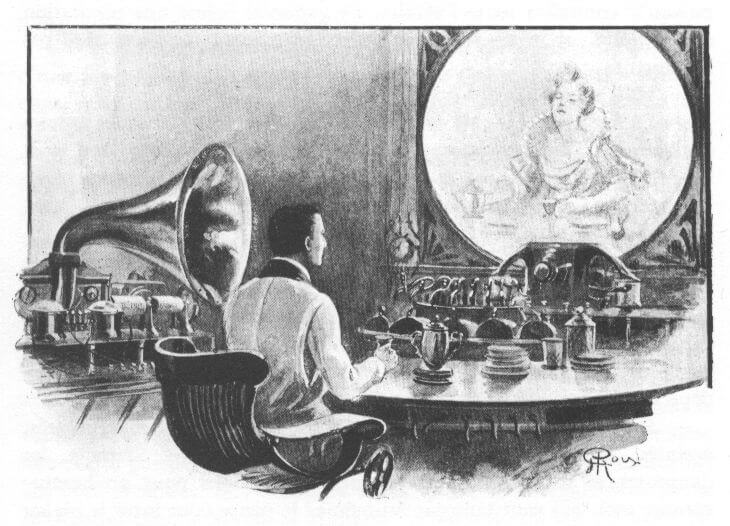One patron responded by expressing a desire to write a story about Jesus becoming an organ donor. So I asked ChatGPT to write that story. Here’s the result:
Once upon a time in ancient Jerusalem, Jesus of Nazareth, the Messiah, walked among the people, spreading his message of love, peace, and salvation. Jesus healed the sick, fed the hungry, and uplifted the downtrodden. His followers were many, but so were those who sought to silence him. As his crucifixion drew near, Jesus began to contemplate the nature of sacrifice.
The night before his arrest, Jesus gathered his disciples in the Garden of Gethsemane. They sat together, sharing their final moments before everything would change. Jesus looked at each of his disciples, his love for them evident in his eyes.
“My dear friends,” he began, “tomorrow, I shall give my life for the salvation of mankind. But my sacrifice is not just about my death. I want to leave a legacy that will endure and inspire generations to come.”
The disciples, filled with a mix of confusion and sorrow, listened intently. Jesus continued, “As I lay down my life, I wish to donate my organs, so that others may live and be healed through my sacrifice.”
The disciples were struck by the profound nature of Jesus’ request. They had seen him perform countless miracles, but this act of generosity was like none they had ever witnessed.
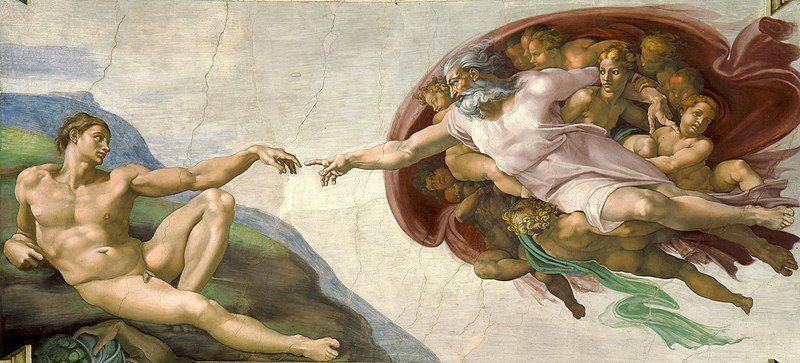
Jesus continued, “I know that the concept of organ donation is not yet known to the world, but I trust you to carry out my wishes. My heart, liver, kidneys, and other organs can bring life to those who need it. It is my hope that this act of selflessness will become a symbol of hope, love, and compassion, inspiring generations to follow in my footsteps and care for one another.”
As the disciples absorbed the enormity of Jesus’ request, they couldn’t help but be moved by his endless capacity for love and sacrifice. They vowed to honor his wishes and do everything in their power to ensure that his organs would bring life and hope to others in need.
The following day, Jesus was arrested and crucified. The disciples, still reeling from the events, knew that they had to act quickly to fulfill his final request. They sought the assistance of Joseph of Arimathea, a secret follower of Jesus, who had connections with the local medical community. With his help, they were able to carefully remove and preserve Jesus’ organs, ensuring they could be used to heal others.
In the days and weeks that followed, Jesus’ organs were transplanted into those in desperate need. His heart found a new home in a kind-hearted father, whose family relied upon him for their survival. His liver was given to a woman whose own body had betrayed her, allowing her to live and continue her work as a compassionate healer. His kidneys were shared between two brothers, both plagued by illness, who went on to become steadfast followers of Jesus’ teachings.
News of these miraculous transplants spread far and wide, igniting a newfound sense of hope in the people. The legacy of Jesus’ sacrifice was not only in his resurrection but also in the lives he saved through his selfless act. His decision to donate his organs inspired others to consider the possibility of giving life even in death, planting the seeds for a future where organ donation would become a common practice, saving countless lives.
As the years passed, the story of Jesus’ organ donation became a powerful symbol of love and sacrifice. It was a reminder of the importance of compassion and the interconnectedness of all people. His selfless act transcended religious beliefs and cultural barriers, inspiring many to follow in his footsteps, giving the gift of life to those in need.
In time, organ transplantation evolved into a sophisticated medical practice, saving millions of lives worldwide. The foundations of this life-saving procedure were built on the courage and foresight of Jesus and his disciples, who dared to envision a brighter future for humanity.
Jesus’ organ donation not only saved lives but also fostered a spirit of unity among people. It served as a constant reminder that even in the face of suffering and death, there is always hope, love, and the potential for rebirth. It is said that through these acts of giving, the light of Jesus continues to shine brightly in the hearts of those who carry a piece of him within them.
In this way, Jesus of Nazareth’s message of love and salvation endures, not just through his resurrection and teachings but also through the precious gift of life he bestowed upon others in his final moments. His organ donation became a testament to the power of compassion and selflessness, inspiring countless others to follow in his footsteps and embrace the gift of giving. And so, the spirit of Jesus lived on, touching the lives of people across generations, and reminding the world of the eternal nature of love.
Using Michelangelo’s fresco, The Creation of Adam, as an illustration was also ChatGPT’s suggestion.

